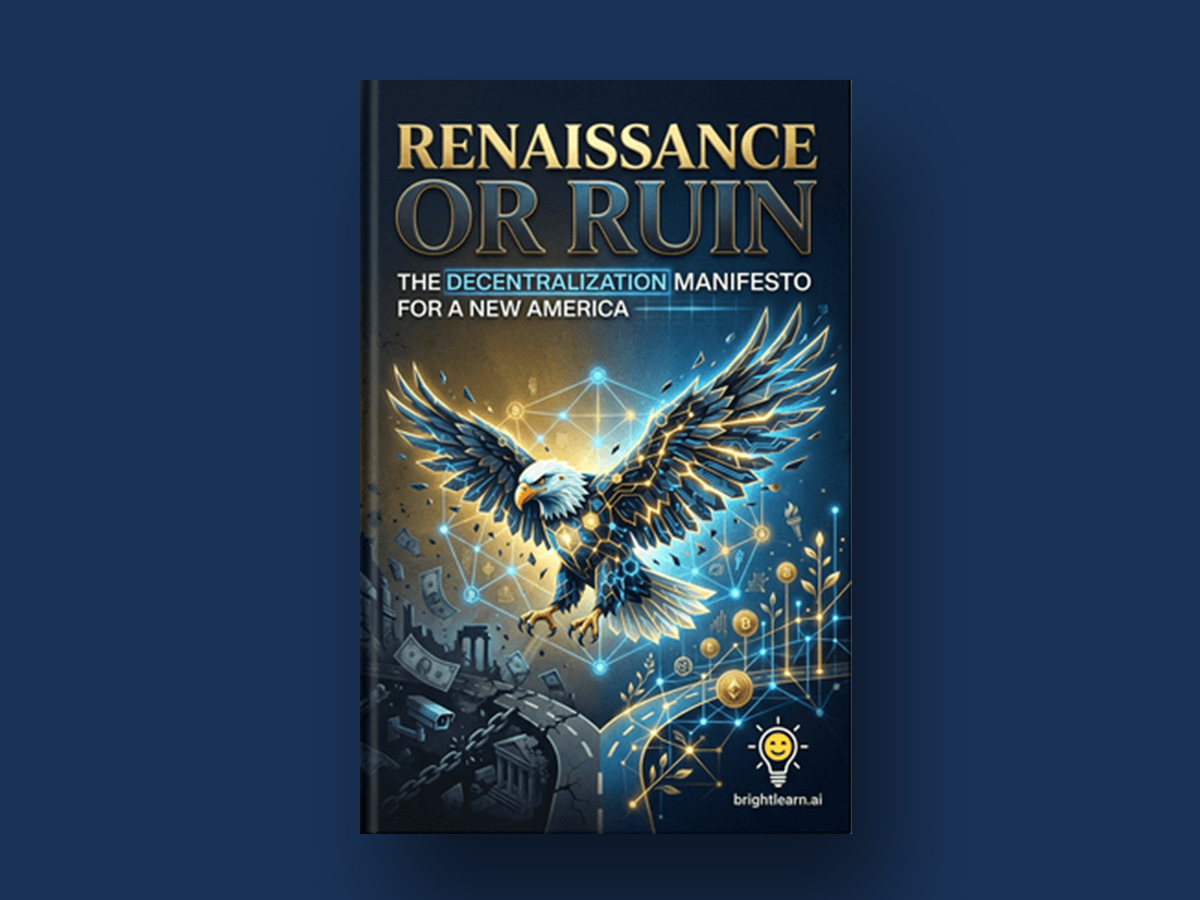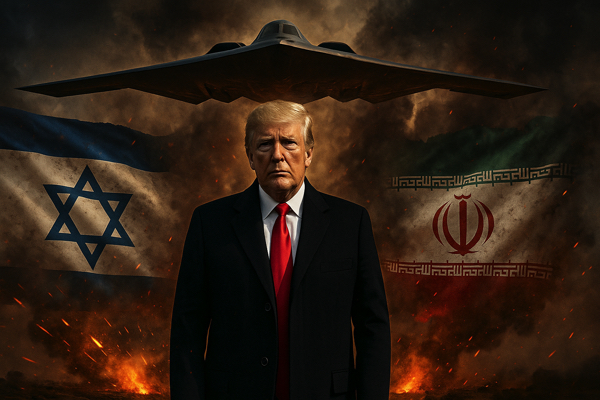© Brighteon.com All Rights Reserved. All content posted on this site is commentary or opinion and is protected under Free Speech. Brighteon is not responsible for comments and content uploaded by our users.
This channel has partnered with the Brighteon Store and receives a small commission from all sales generated from an affiliate link.
Click the shop now button below to help out this channel.
Murray N. Rothbard, in his chapter The Federal Reserve as a Cartelization Device: The Early Years, 1913-1930 from Money in Crisis (1984), challenges the conventional view of the Federal Reserve as a stabilizing institution, arguing instead that it was designed as a cartelization tool for powerful banks. Contrary to the narrative that the Fed was necessary to curb inflation and economic instability, Rothbard asserts that it enabled inflationary policies by consolidating banking control under elite interests. The system emerged from efforts by big banks—led by figures like J.P. Morgan and Paul Warburg—to circumvent competitive constraints after the National Banking Acts centralized monetary power. The secretive Jekyll Island meeting (1910) and the subsequent Federal Reserve Act (1913) institutionalized this cartel, allowing banks to inflate credit through centralized reserves and lender-of-last-resort mechanisms. Under Benjamin Strong’s leadership, the Fed exacerbated monetary expansion, propped up international banking cartels, and contributed to economic distortions, ultimately deepening crises like the Great Depression rather than preventing them. Rothbard concludes that the Fed was never meant to stabilize the economy but rather to serve the interests of a financial elite.
For more videos, visit BrightLearn.ai
Find a copy of this amazing book here.





